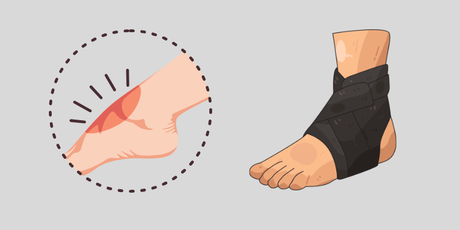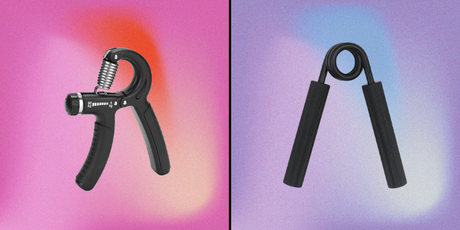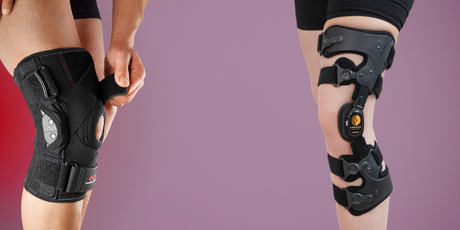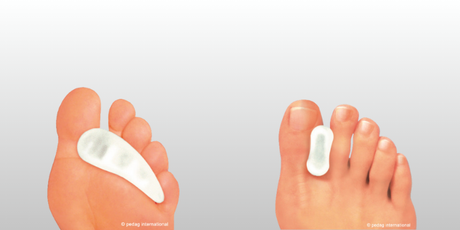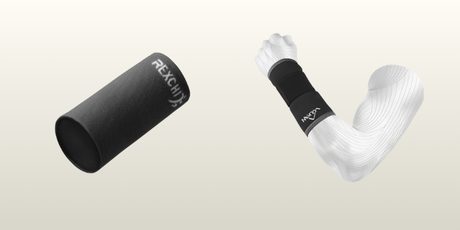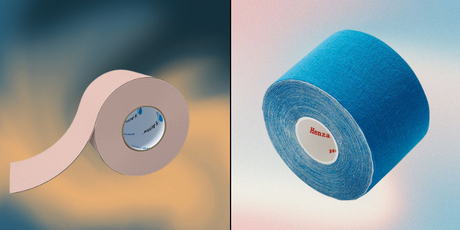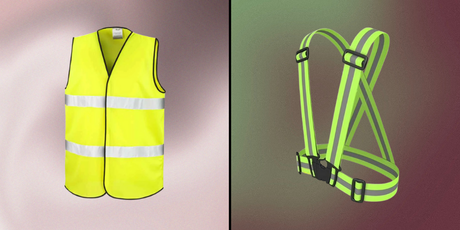Neck and shoulder pain is a common problem experienced by both young and old, and can range from mild stiffness to severe pain. Neck pain can have many different causes, from muscular overload to nerve damage and degenerative diseases. In this article, we look at common causes of neck and shoulder pain, symptoms to look out for and the most effective treatment options.
Common Causes of Neck and Shoulder Pain
-
Muscular Overload: Prolonged sedentary behaviour or sitting in a poor working position can cause overload on the neck and shoulder muscles, leading to stiffness and pain.
-
Stress and Tension: Stress and anxiety are a common cause of muscle tension, especially in the neck and shoulders. With prolonged stress, muscles can become stiff and sore, resulting in pain.
-
Spinal Stenosis: A narrowing of the spinal canal, which can press on nerves, often leads to severe pain in the neck and shoulders and radiating pain down the arms or legs.
-
Spondylosis: Degenerative changes in the vertebrae can cause pain in both the neck and back, especially with movement.
-
Herniated disc: If a disc between the vertebrae ruptures and presses on the nerves, it can cause radiating pain in the neck, shoulders or arms.
-
Whiplash: In a car accident or other sudden movement, the neck can be overstretched, causing severe pain and stiffness.
-
Muscle attachments and tendons: Problems with muscle attachments can cause pain in both the neck and shoulders, especially during activities involving lifting or repetitive movements.
-
Chronic Pain: Some people may experience long-term pain in the neck and shoulders, which may be a sign of chronic muscle and joint pain or a result of an underlying disease such as osteoarthritis or fibromyalgia.
Common Symptoms of Neck and Shoulder Pain
The symptoms of neck and shoulder pain vary depending on the cause, but often include:
-
Stiffness in the neck and shoulders, which can make it difficult to move your head.
-
Pain in the neck and shoulders that can be constant or come and go depending on movement or strain.
-
Pain radiating down the arms or back.
-
Numbness or tingling in hands or fingers if nerves are affected.
-
Neck and shoulder pain that worsens with stress or prolonged sitting.
-
Headaches that may be due to muscle tension in the neck.
-
Soreness when pressure is applied to the neck or shoulders.
Treatment of Pain in the Neck and Shoulders
The treatment of neck and shoulder pain depends on the cause and severity of the problem. Here are some common treatment options:
1. Physiotherapy
A physiotherapist can help relieve pain and improve mobility through various exercises and techniques. Physiotherapy focuses on strengthening the muscles that support the neck and shoulders, which can reduce pain and increase mobility.
2. Massage and trigger point treatment
Massage and treatment of trigger points in the neck and shoulders can help loosen tense muscles and reduce pain.
3. Heat and cold
Applying a heating pad or ice pack can help relieve pain and swelling. Heat can be good for relaxing tense muscles, while cold can reduce inflammation.
4. Ergonomics and working posture
To prevent neck pain, it is important to have an ergonomic working position. Make sure your desk height and chair are adjusted to avoid unnecessary strain on your neck and shoulders.
5. Stretching and mobility exercises
Exercises for neck pain that include stretching and mobility exercises can help improve flexibility and relieve stiffness. Regular exercises can also strengthen the neck and shoulder muscles, reducing the risk of future pain.
When should you seek medical attention?
It is important to seek medical attention if your neck and shoulder pain does not improve with self-care, or if you experience severe symptoms such as:
-
Sudden, severe pain that is not relieved.
-
Numbness or tingling in your hands or arms.
-
Difficulty moving your head or keeping your neck straight.
-
Pain radiating down the legs or arms, which may indicate nerve damage.
-
Signs of serious illness, such as fever or weight loss.
Preventive measures
To prevent neck and shoulder pain, the following measures can be helpful:
-
Maintain good posture: Sit and stand with a straight back and avoid hanging your head forward.
-
Take regular breaks: If you spend a lot of time sitting in front of a computer or doing sedentary work, take breaks to stretch your neck and shoulders.
-
Exercise regularly: Stronger muscles around the neck and shoulders provide better support and reduce the risk of pain.
-
Reduce stress: Relaxation techniques, such as yoga or meditation, can help reduce muscle tension caused by stress.
Pain in the neck and shoulders is a common complaint that can be caused by anything from muscle tension and poor posture to more serious conditions such as herniated discs or spinal stenosis. Treatment can include physiotherapy, painkillers, ergonomic adjustments and stretching. If the pain does not improve or if severe symptoms occur, you should seek medical attention for further investigation and treatment.




